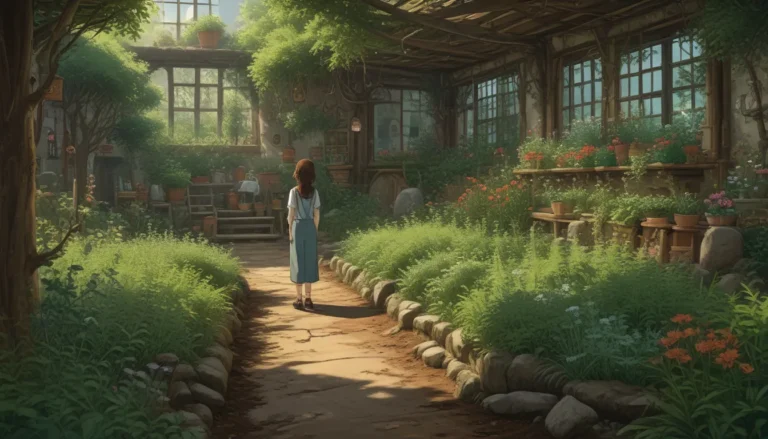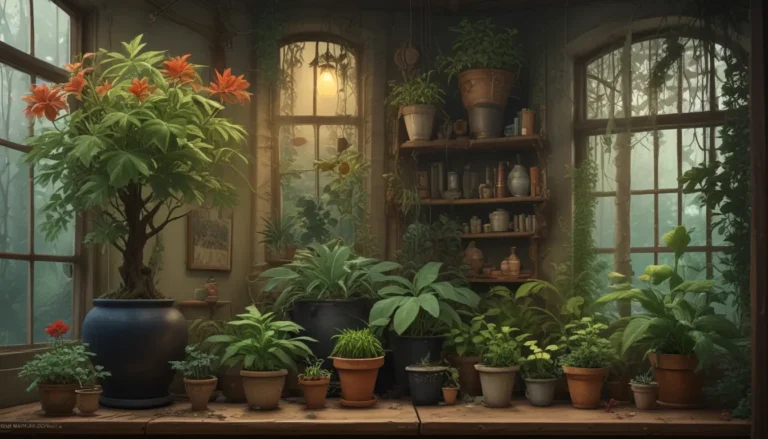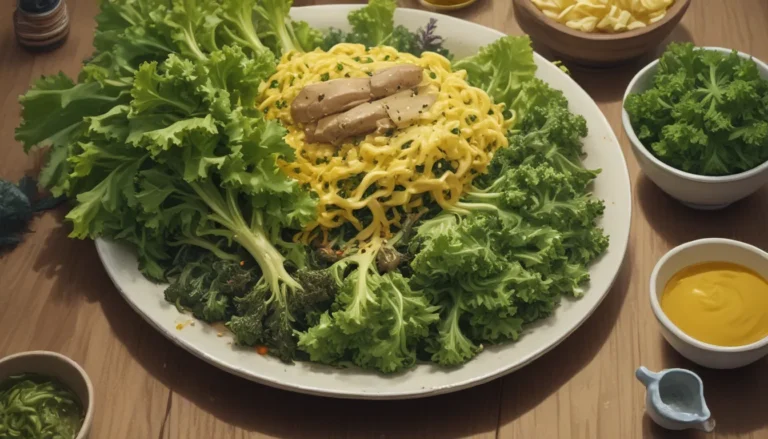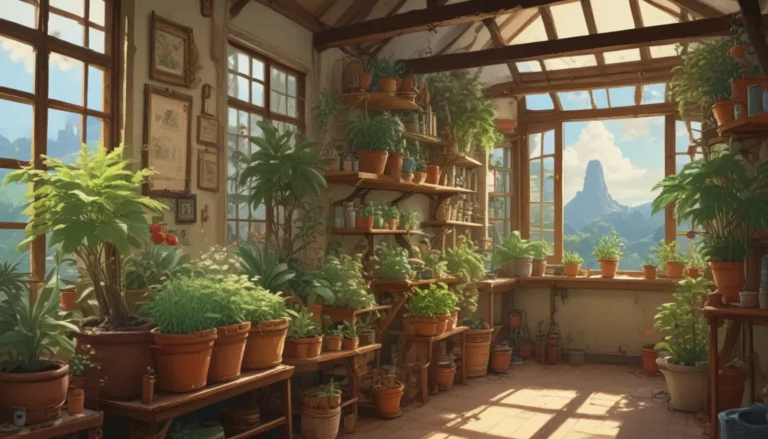The Comprehensive Guide to Successfully Growing Blackberries in Containers
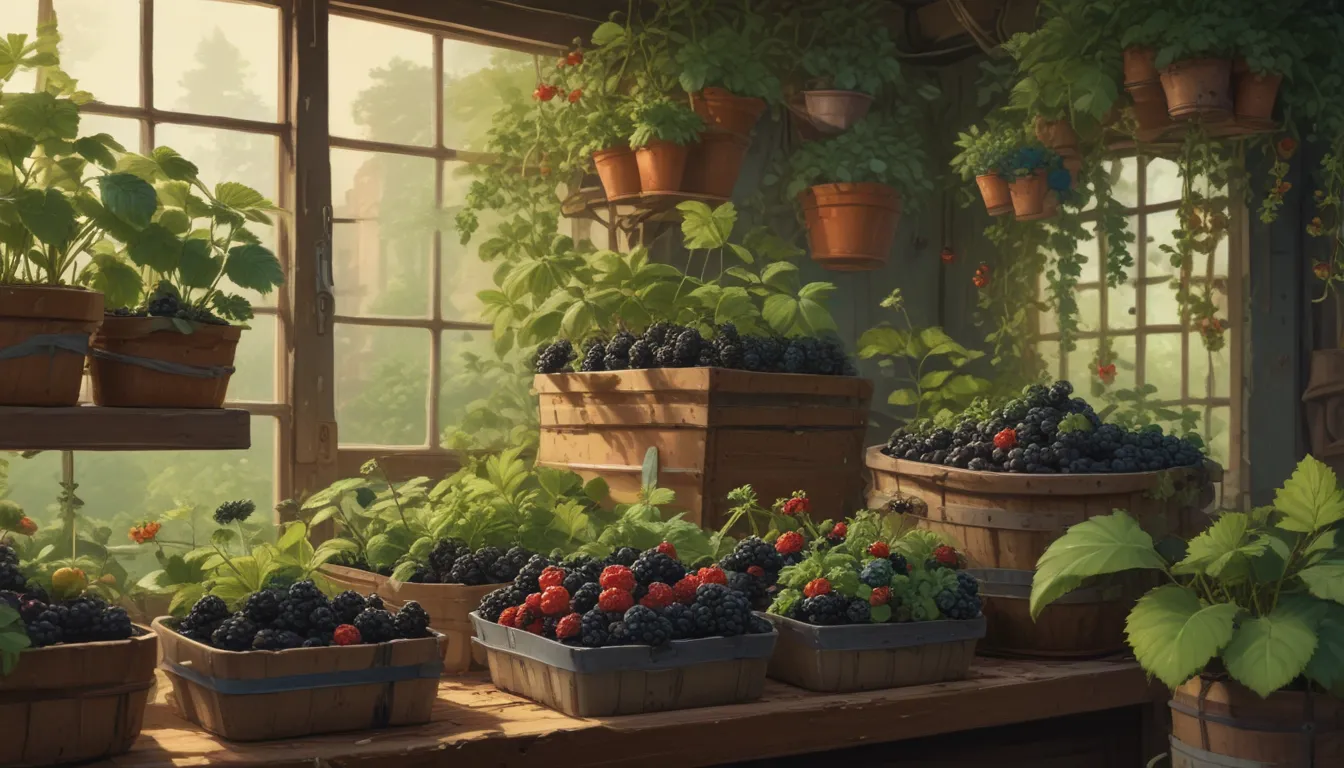
Who doesn’t love the idea of picking fresh, juicy, homegrown blackberries right from their backyard? If you have limited space or are looking for a manageable way to grow these delicious berries, container gardening might be the perfect solution for you. In this in-depth guide, we will explore everything you need to know about growing blackberries in containers. From selecting the right cultivars to managing pests and diseases, we’ve got you covered!
Understanding Blackberries
Blackberries are a type of cane berry that belongs to the Rosaceae family. They produce fruit on biennial stems known as canes. In the first year, blackberry plants develop green, tender primocanes that grow leaves but do not produce flowers or fruit. After a year of growth, these primocanes become woody floricanes that bear flowers and fruit on lateral stems. Blackberries can be classified as erect, semi-erect, or trailing, with dozens of cultivars available today.
These flavorful berries are rich in essential nutrients like antioxidants, vitamins C, E, and K, manganese, calcium, and fiber. Blackberries thrive in loamy, well-draining soil with a pH between 5.5 and 7.5 and are hardy in Zones 4 through 9. While they can grow up to 10 feet tall and wide, growing them in containers offers a more manageable and space-saving option.
Benefits of Container Gardening
There are several advantages to growing blackberries in containers, including:
- Space Management: Containers limit the spread of the plants, making them ideal for small gardens, apartments, or rental properties.
- Controlled Growth: Containers prevent the plants from reproducing via underground rhizomes, keeping them contained.
- Compact Varieties: Many compact blackberry cultivars are suitable for container growing, requiring minimal space.
- Portability: Containers allow you to move the plants easily for optimal sunlight and protection from the elements.
Selecting the Right Container
Choosing the correct container is crucial for the success of your blackberry plants. Here are some tips for selecting the right container:
- Size: Opt for a container at least 24 inches in diameter and 12 inches deep to accommodate the shallow root system of blackberries.
- Material: Use a sturdy container made of wood, stone, or heavy plastic to prevent toppling during fruiting season.
- Drainage: Ensure the container has adequate drainage holes to prevent waterlogging, which can harm the plants.
Preparing Your Pot
Prepare your container for planting by following these steps:
- Soaking: If planting bare roots, soak them in water for up to two hours before planting.
- Potting Mix: Use a high-quality potting mix with added fertilizer for optimal plant growth.
- Soil Mix: Alternatively, mix topsoil, perlite or vermiculite, and well-rotted manure or compost for a nutrient-rich growing medium.
- Transplanting: Carefully plant the blackberry root ball in the container, backfill with soil, and water thoroughly.
Growing and Care Tips
Ensure the health and vitality of your container-grown blackberries by following these care tips:
- Watering: Check soil moisture daily and water when dry to a depth of one inch.
- Fertilizing: Apply a 10-10-10 NPK fertilizer in the spring and add compost or manure for additional nutrients.
- Pruning: Prune in the spring and fall to maintain plant size and encourage fruit production.
- Mulching: Use mulch to retain moisture and protect the plants from winter cold.
Recommended Cultivars
When choosing blackberry cultivars for container growing, consider the following options:
Baby Cakes
- Description: Disease-resistant, thornless, and erect cultivar suitable for containers.
- Height: Three to four feet tall with a spread of three to four feet.
- Fruiting: Bears fruit on both primocanes and floricanes for a continuous harvest.
- Availability: Available in two-gallon containers from select nurseries.
Natchez
- Description: Thornless, semi-erect cultivar prized for its sweet flavor.
- Height: Four to five feet tall with a spread of three to four feet.
- Fruiting: Produces large, sweet berries on floricanes in June.
- Availability: Find live plants from reputable suppliers like Burpee.
Pest and Disease Management
Container-grown blackberries are less susceptible to pests and diseases but should still be monitored for common issues like anthracnose and cane rust. Maintain plant health by:
- Inspection: Regularly check plants for signs of pests or diseases.
- Prevention: Avoid overhead watering to reduce fungal infections.
- Treatment: Use copper fungicide for fungal issues and neem oil-based sprays for pests.
Harvesting and Preservation
Enjoy the fruits of your labor by harvesting and preserving your blackberries:
- Harvesting: Pick ripe berries early in the morning when they are at their freshest. Gently tug on each berry to remove it from the plant.
- Preservation: Freeze excess berries on a baking sheet before transferring to freezer-safe containers or canning jars for long-term storage.
Recipe Ideas
Experiment with your homegrown blackberries in delicious recipes like:
- Blackberry Chia Fresca: Blend blackberries into a refreshing drink with chia seeds and pomegranate.
- Berry Peach Crisp: Bake a warm, comforting crisp using blackberries and peaches topped with a crunchy oat topping.
- Baked Goods: Add blackberries to scones, muffins, or smoothies for a burst of flavor.
Conclusion
Growing blackberries in containers is a rewarding experience that allows you to enjoy fresh, flavorful berries even in limited spaces. By selecting the right cultivars, providing proper care, and following essential growing tips, you can cultivate a bountiful harvest of blackberries right on your balcony, deck, or patio. Share your container gardening stories and questions in the comments below and get ready to enjoy the fruits of your labor with homegrown blackberries!
For more berry-growing tips and guides, explore topics like starting a berry patch, growing blueberries, and the benefits of cultivating hybrid berries. Happy blackberry gardening!
